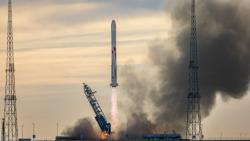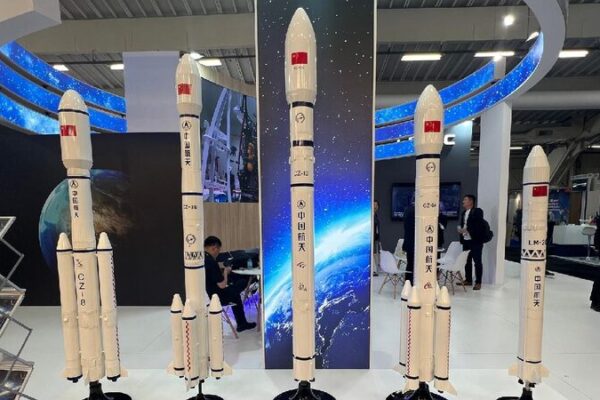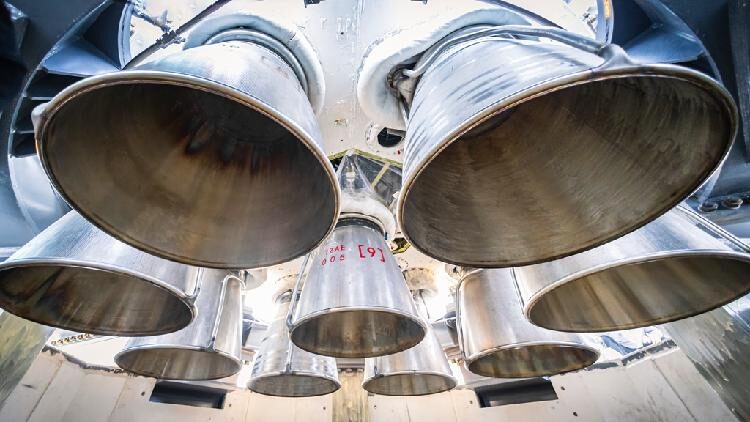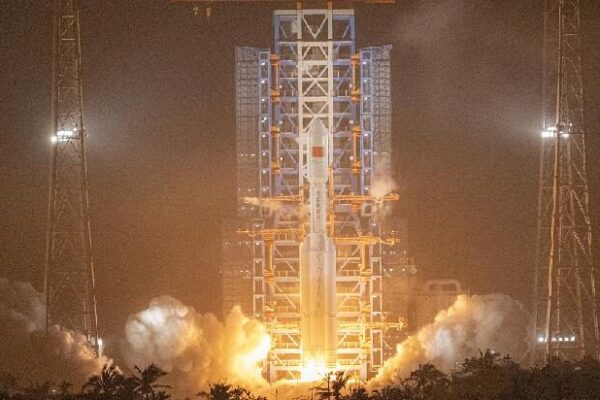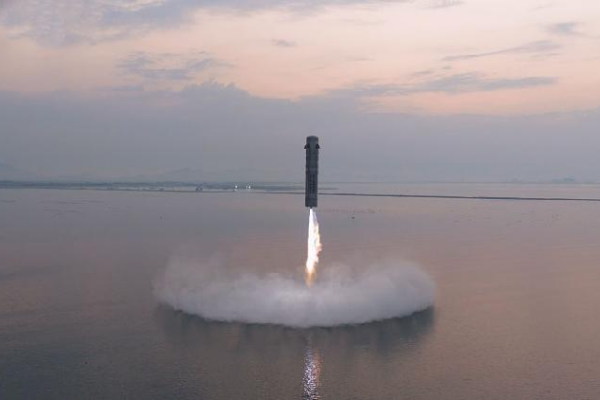China’s commercial space industry is skyrocketing with new developments that promise to reshape the future of space exploration and satellite technology. In a significant milestone, China’s first commercial launch site, the Hainan Commercial Space Launch Site, officially opened on November 30 with the maiden flight of the Long March-12 rocket.
Just days earlier, the Zhuque-2 (ZQ-2), a methane-powered carrier rocket developed by private company Landspace, completed its maiden flight from the Dongfeng Commercial Space Innovation Pilot Zone in the vast Gobi Desert. These launches mark a pivotal moment, filling a crucial gap in China’s space ecosystem: dedicated commercial launch sites.
Without these specialized facilities, many commercial rockets and satellites were ready for takeoff but had nowhere to launch. Now, with these new sites operational, China’s commercial space sector is set to soar to new heights.
China’s journey into commercial space activities began in 2014 when policies encouraged private investment in civil space infrastructure. This led to the rise of numerous private companies innovating in rocket and satellite technology.
In 2019, Interstellar Glory successfully launched the Hyperbola-1 rocket, demonstrating the capabilities of China’s private space enterprises. Since then, companies have been developing diverse types of rockets, offering a variety of launch services, from small satellite deployments to customized missions.
This year alone, China’s private rocket sector completed 13 launches—a staggering 160% increase from the previous year. As rockets and satellites become more commercially viable, the nation’s space industry is beginning to take shape, with growing demand across various sectors.
A major focus is constructing low Earth orbit satellite constellations, particularly for satellite internet services. China has ambitious plans for constellations totaling at least 40,000 satellites. The “Thousand Sails Constellation” (G60) project successfully launched 36 satellites this year, aiming to build a network that will enhance global connectivity.
To support these massive constellations, heavy-lift reusable rockets are essential. Companies like DeepBlue Aerospace, Galactic Energy, and Landspace are racing to launch their reusable rockets, with maiden flights planned as early as next year.
Satellite manufacturers are also stepping up. Geespace, a subsidiary of automotive giant Geely Auto, has built a factory capable of producing 500 satellites annually—the largest capacity in China. The company plans to create a constellation of nearly 6,000 satellites, offering global satellite communication and data services.
China is also exploring new applications for its commercial space sector. It has unveiled designs for commercial cargo spacecraft to resupply its space station. In the realm of space tourism, DeepBlue Aerospace recently sold two tickets for suborbital spaceflights aboard their own rocket and capsule, with launches planned for 2027.
As cutting-edge technologies and innovations continue to emerge, China’s commercial space industry is poised for rapid expansion. By combining advancements in artificial intelligence and digital technology, the sector is set to unlock new possibilities and use cases, propelling China’s presence in space to new frontiers.
Reference(s):
China's commercial space boom: Launch sites, rockets, constellations
cgtn.com

